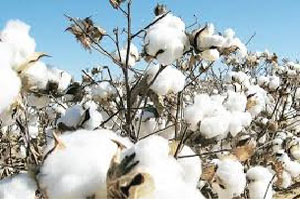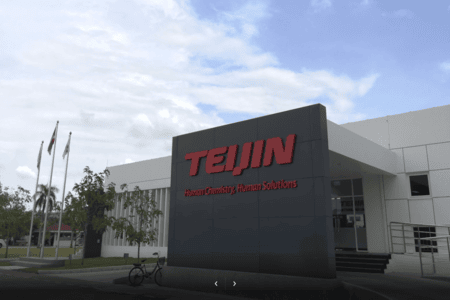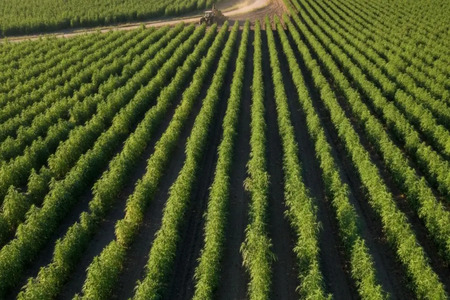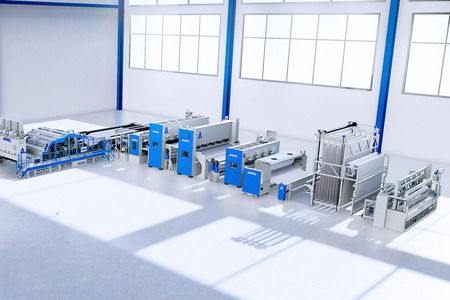
Egypt aims to double its high quality cotton production
YarnsandFibers News Bureau 2017-07-10 17:00:00 – CairoAgriculture Ministry of Egypt Hamed Abdel-Dayem on Saturday said that production of their silky soft cotton once known as ‘white cotton’ should rise to 1.4 million qintar (160 kg) in the 2017-18 fiscal year that started in July from 700,000 qintar a year earlier. The government aims to increase the price of the long staple cotton to more than 3000 Egyptian pounds ($168.07) per qintar, which will all be exported.
Production of the cotton, used in luxury bedding, has fallen sharply since 2011, a year of political upheaval that coincided with looser regulations that degraded the quality of local cotton.
Egypt's sunny skies and superior seed help it grow a cotton known for unusually long fibers that produce a light durable fabric with an attractive sheen and soft touch.
Long-staple sells at 155 US cents per lb, about twice the price of common short-staple cotton.
Its return to world markets could provide a lucrative export opportunity at a time when Egypt has a huge trade deficit and is seeking to relaunch its stagnant economy.
In 2016 Egypt banned all but the highest quality cotton seed, dramatically shrinking the area under cultivation but restoring quality, in a bid to save its historic crop.
This year Egypt grew about 220,000 acres (89,000 hectares) of long-staple cotton compared with 130,000 acres (52,600 hectares) in 2016-2107, Abdel-Dayem said.
Cairo forecasts MY2016/17 cotton area harvested to increase by 20 percent or 20,000 ha to 120,000 ha. Post attributes the increase in area to farmers’ willingness to grow more cotton with expectations that the government’s cash subsidies will continue for the MY2016/17 crop. In addition, the government’s takeover of the distribution of cotton seeds addresses farmers’ concerns on seed quality, which was deteriorating under private operators.
Although the Ministry of Agriculture and Land Reclamation (MALR) did not announce the targeted area for the MY2016/17 crop, announcements made by some local agricultural officials in some governorates support FAS Cairo’s forecast for area harvested in 2016/17.
Local agricultural officials in Sohag governorate, southern Egypt, announced that their targeted area for MY2016/17 crop is 840 ha compared to 281 ha in MY2015/16. In Kafr El-Sheikh governorate, located in the Delta region north of Cairo, local agricultural officials announced that their target area for the 2016/17 crop is 35,700 ha compared to 32,000 ha in 2015/16.
In spite of forecast increases, Egyptian cotton production is still trending downward. Cotton area in MY2016/17 is projected to be 24 percent lower than total cotton area harvested in 2014/15 which was at 157,000 ha.
After backtracking on its previous policy, the government is once again providing cash subsidies for the MY2015/16 crop, a positive signal to producers that will encourage them to increase planted area in MY2016/17.
Market Intelligence
Ask for free sample Report

experience
Customer Base
dedicated team
Countries Served Worldwide









